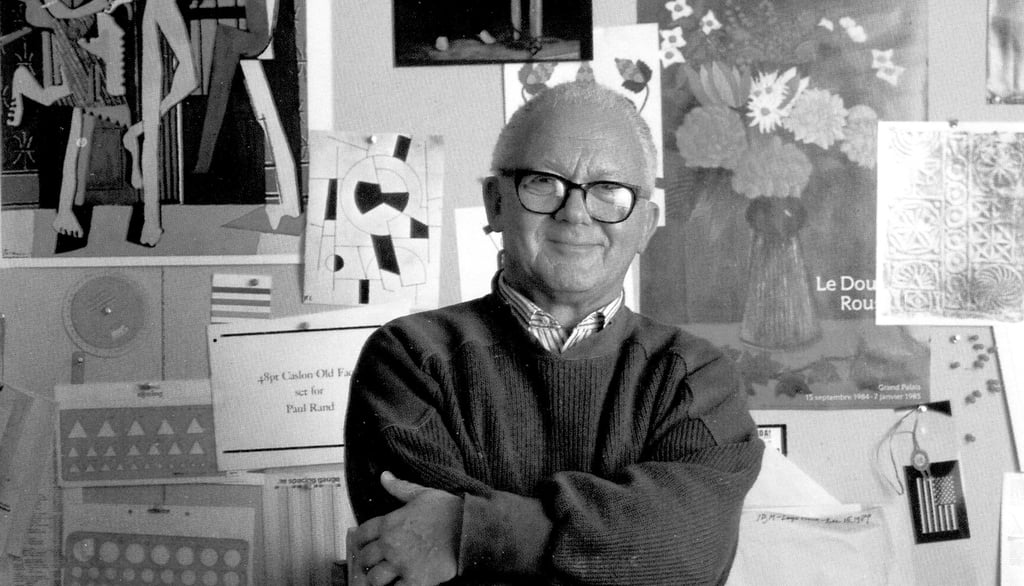Paul Rand


Paul Rand, born Peretz Rosenbaum on August 15, 1914, in Brooklyn, New York, was an American graphic designer renowned for revolutionizing corporate identity through his iconic logos. From a young age, he demonstrated an affinity for art, creating posters for his father's business and school events. Although he studied at institutions like Pratt Institute and the Art Students League, Rand considered himself largely self-taught, drawing influences from European modernism and Russian constructivism.
Throughout his career, Rand designed emblematic logos for companies such as IBM, UPS, ABC, and Westinghouse, all characterized by their simplicity, functionality, and timeless appeal. His approach focused on integrating form and function, creating visual identities that effectively communicated a brand's essence. Beyond his corporate identity work, Rand served as art director at the William H. Weintraub & Co. agency, where he introduced clarity and a modernist style to the advertising industry of the time.
Rand’s style is marked by his bold use of typography, solid colors, and geometric shapes, influenced by movements like the Bauhaus and De Stijl. His ability to harmonize visual elements meaningfully cemented him as a pioneer of modern graphic design. In addition to his professional practice, Rand was a dedicated educator, teaching at Yale University and authoring several books on design theory, sharing his vision and expertise with future generations of designers.
The impact of Paul Rand on graphic design is profound and enduring. His logos remain benchmarks of excellence in corporate identity, and his emphasis on functional simplicity continues to influence contemporary designers. Rand passed away on November 26, 1996, yet his legacy endures, solidifying his status as a central figure in the history of graphic design.

